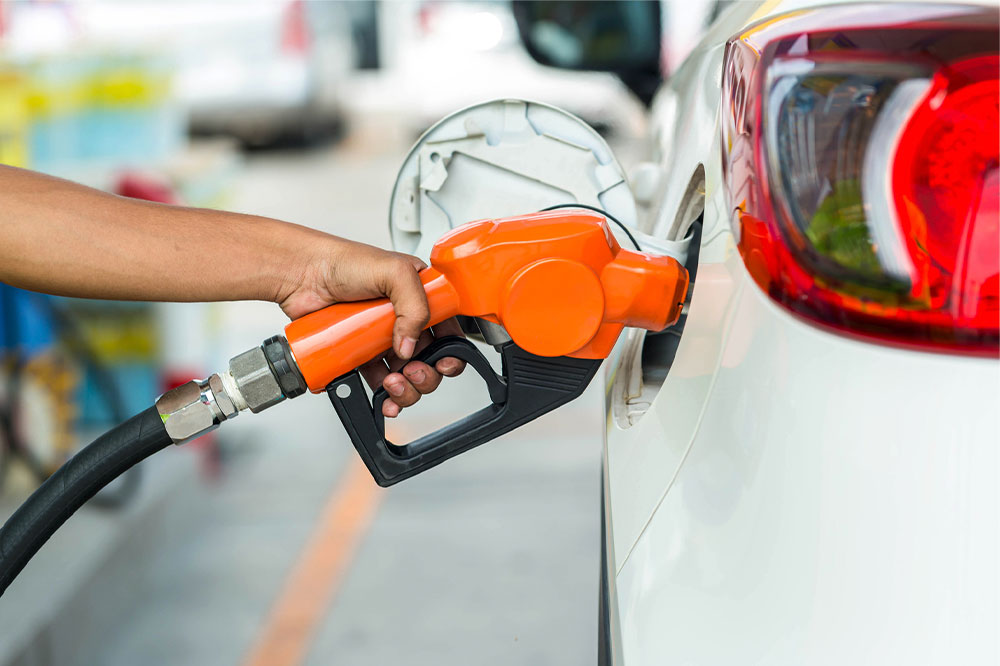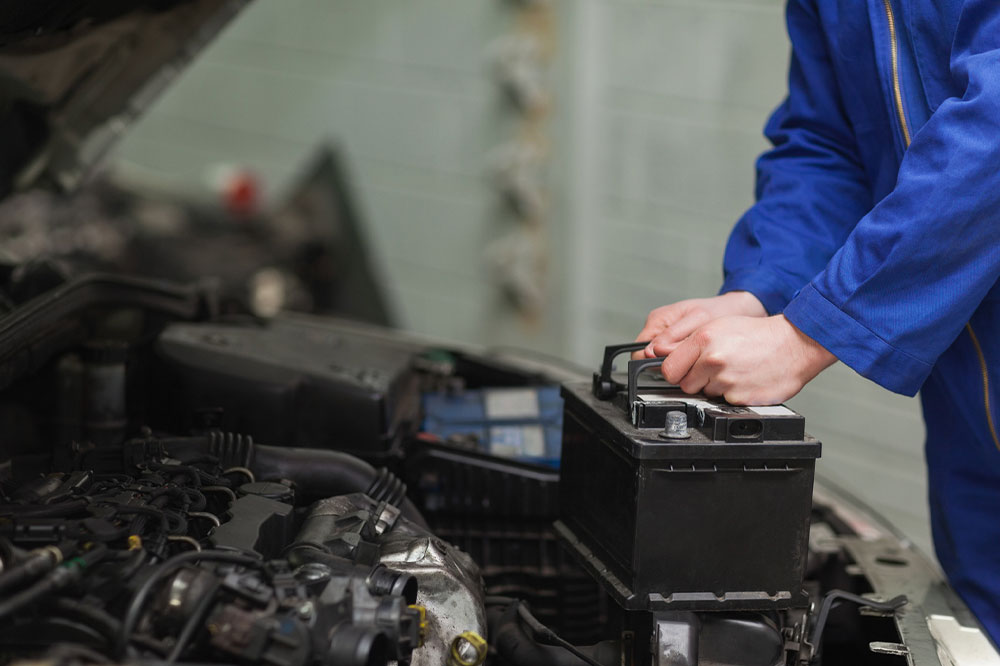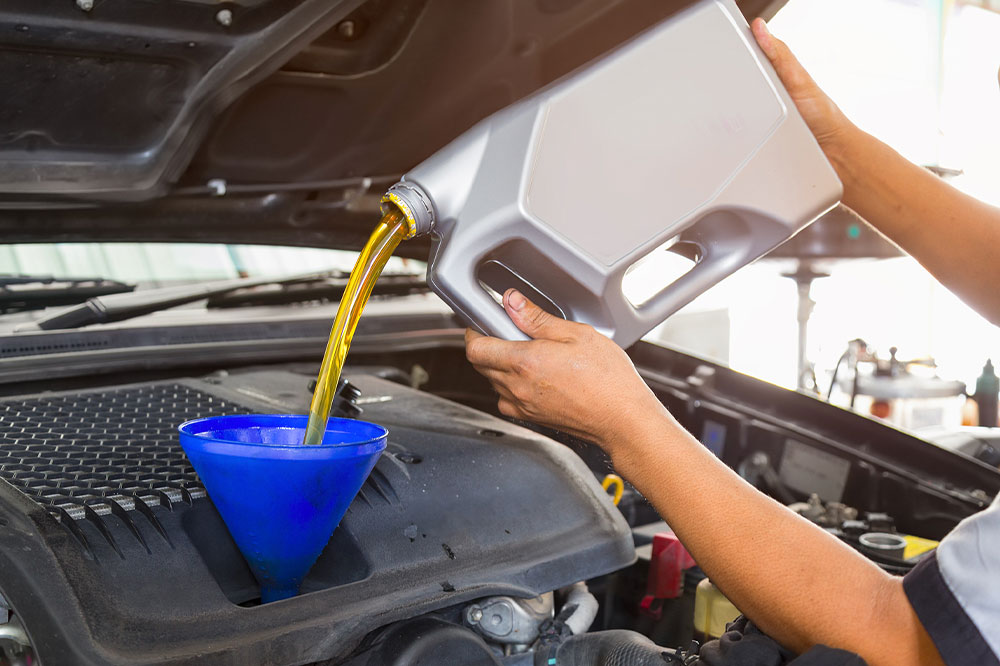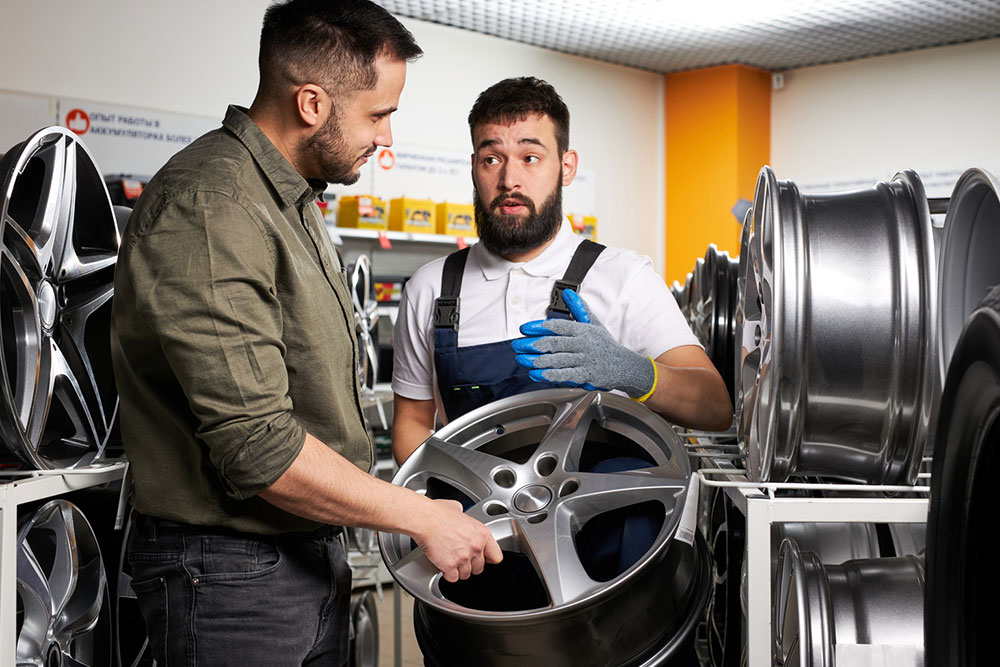
4 vehicles with the highest 5-year resale values
Resale value is one of the most important aspects to consider while buying a vehicle. Generally, dealers and buyers take into account the 5-year resale value of automobiles. Studies suggest that, on average, a vehicle typically retains about 45% of its original value after 5 years of ownership. However, models from reputed and reliable brands have low depreciation rates. Here are a few such vehicles with the best 5-year resale values: Jeep Wrangler SUVs tend to have higher resale values due to their durability and endurance. One such model is the Jeep Wrangler—a compact SUV with good off-roading abilities and a butch, indestructible build quality. It can seat five people. On the depreciation front, the Wrangler loses only 8.9% of its original value after 5 years of on-road usage, making this gas-powered (also available as a hybrid off-road SUV) vehicle one of the best long-term utility assets for buyers across the country. Subaru Crosstrek The Subaru Crosstrek is more urban in its style compared to the gigantic Wrangler. One similarity, though, is the SUV’s excellent 5-year resale value. One can get up to 61% of the original value on selling their Subaru Crosstrek after five years of use. That value, combined with the SUV’s sleek design, powerful engine, and assured driving dynamics, makes this vehicle a sought-after option.
Read More 










